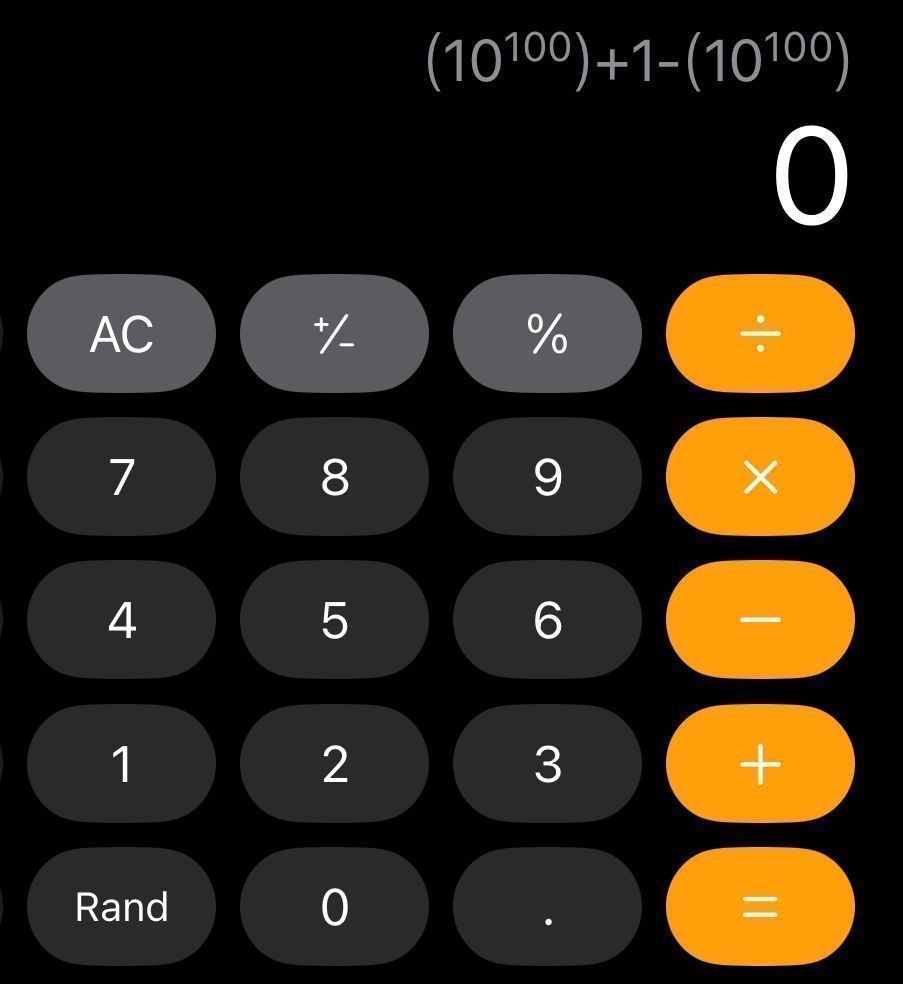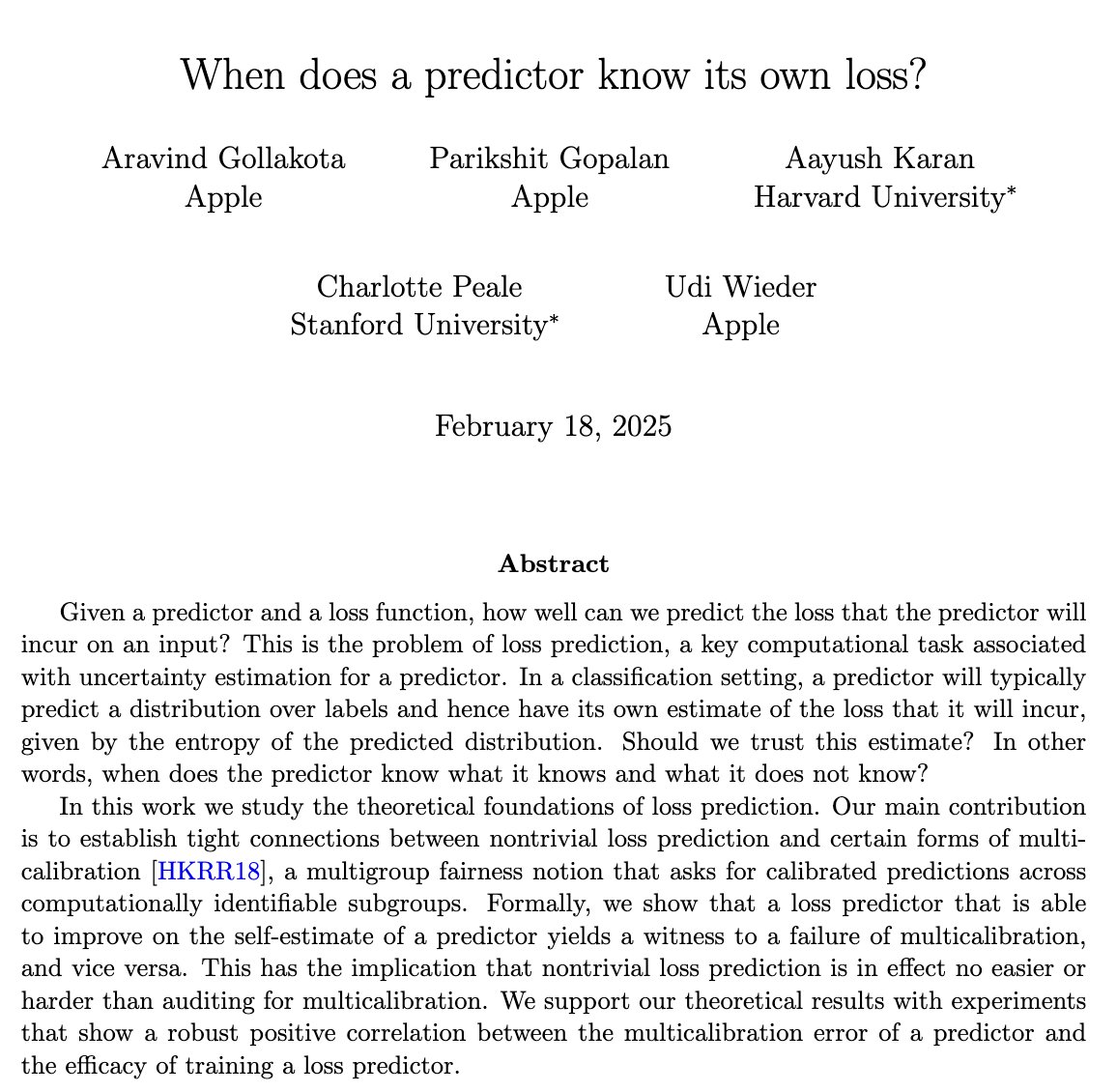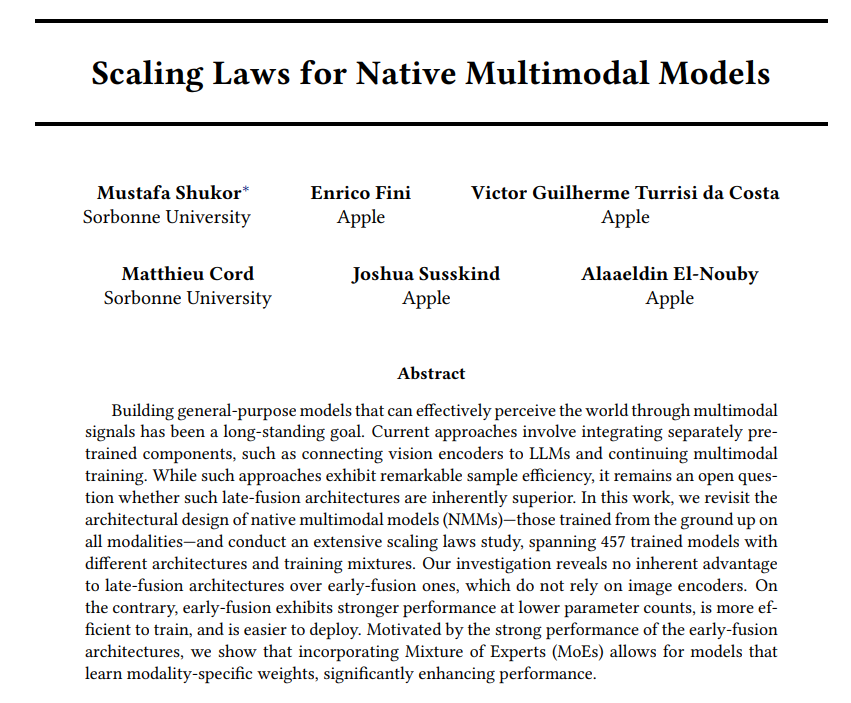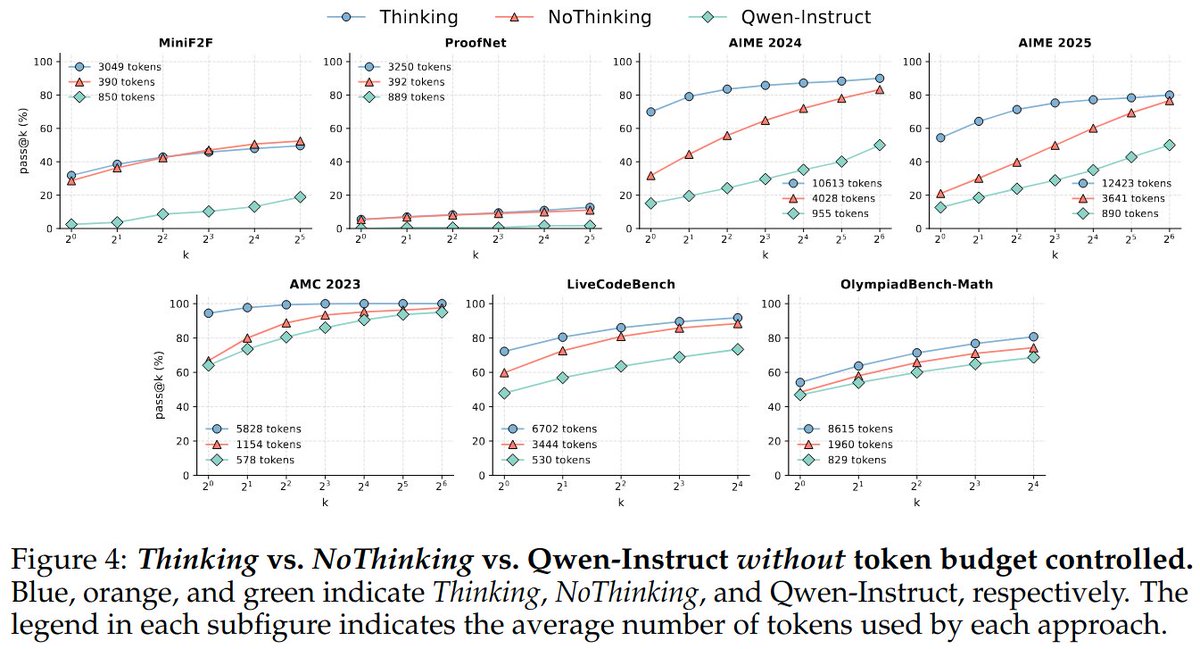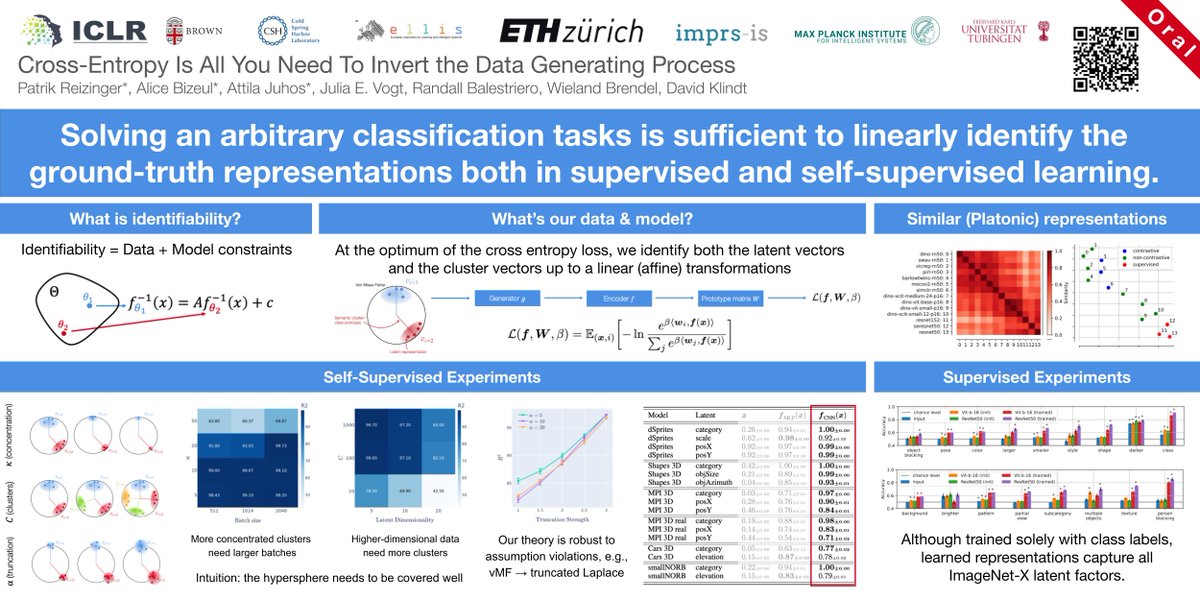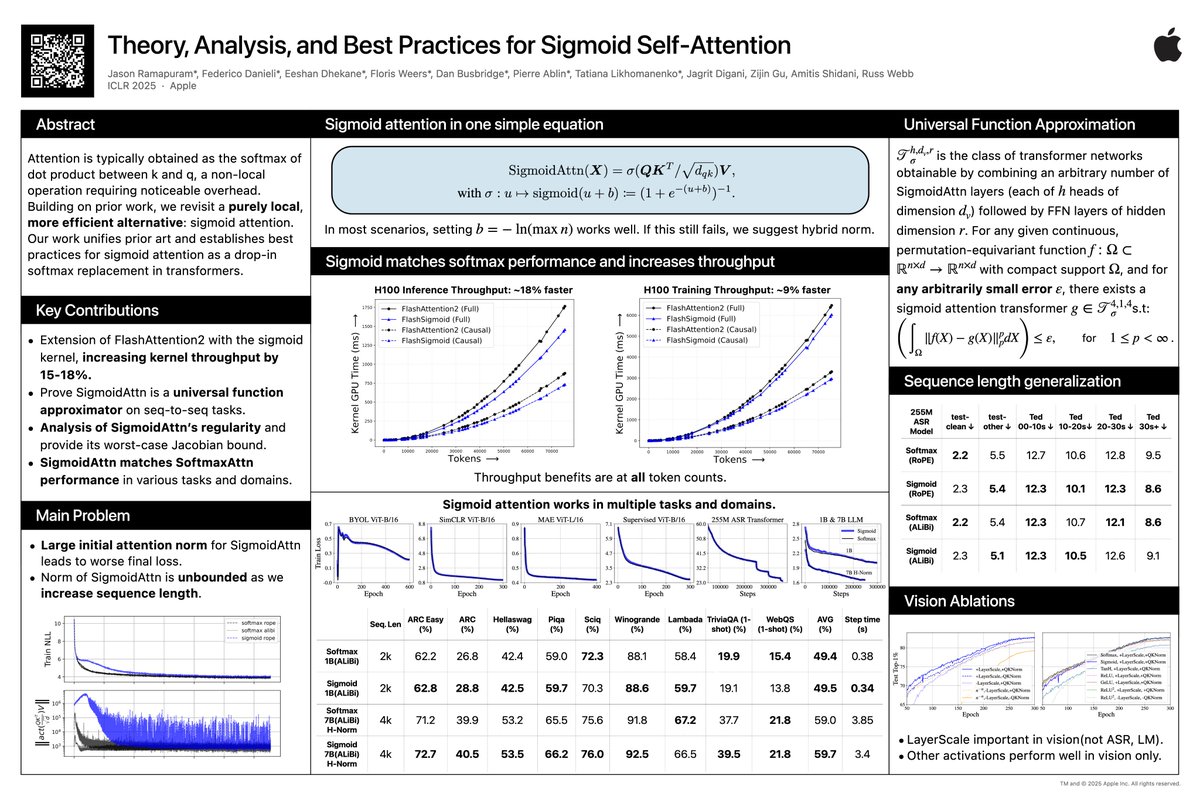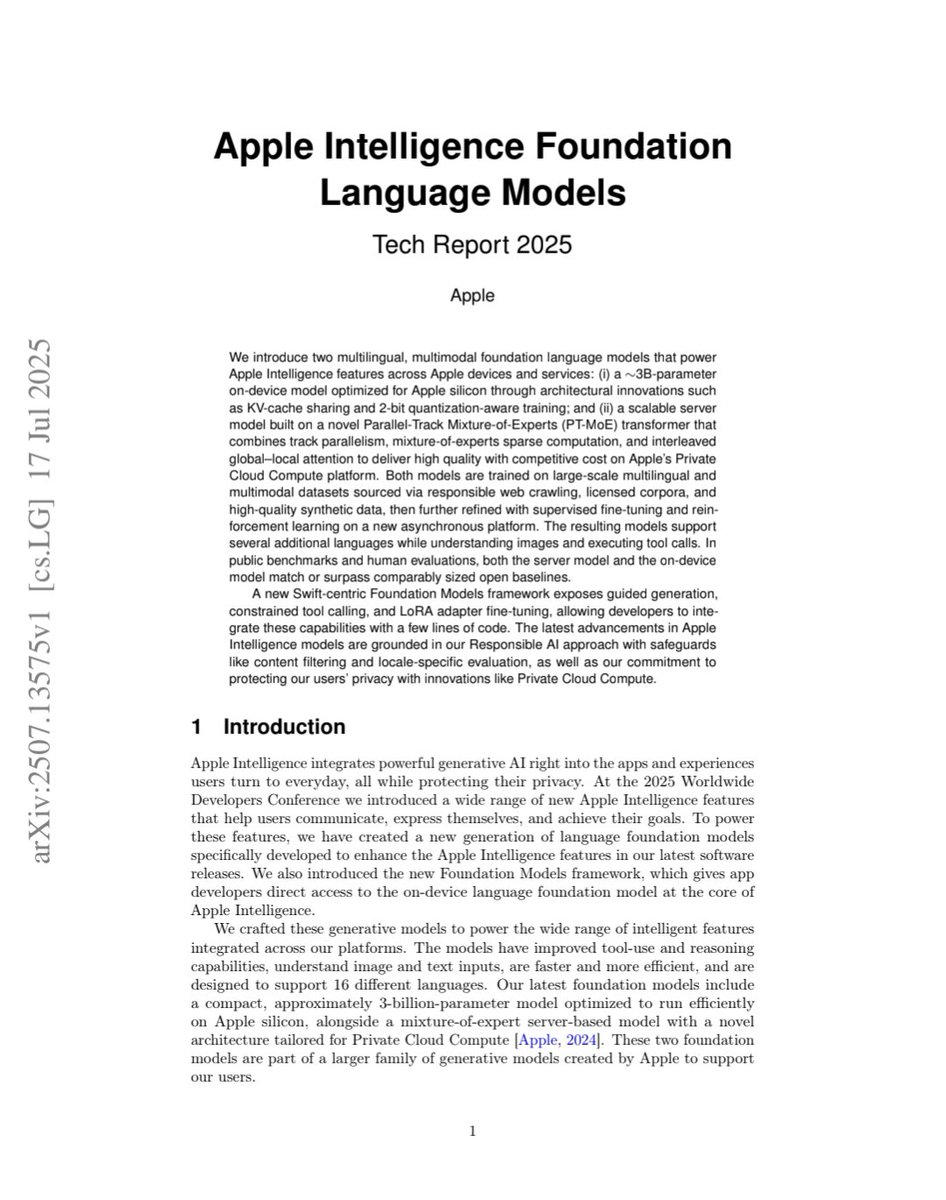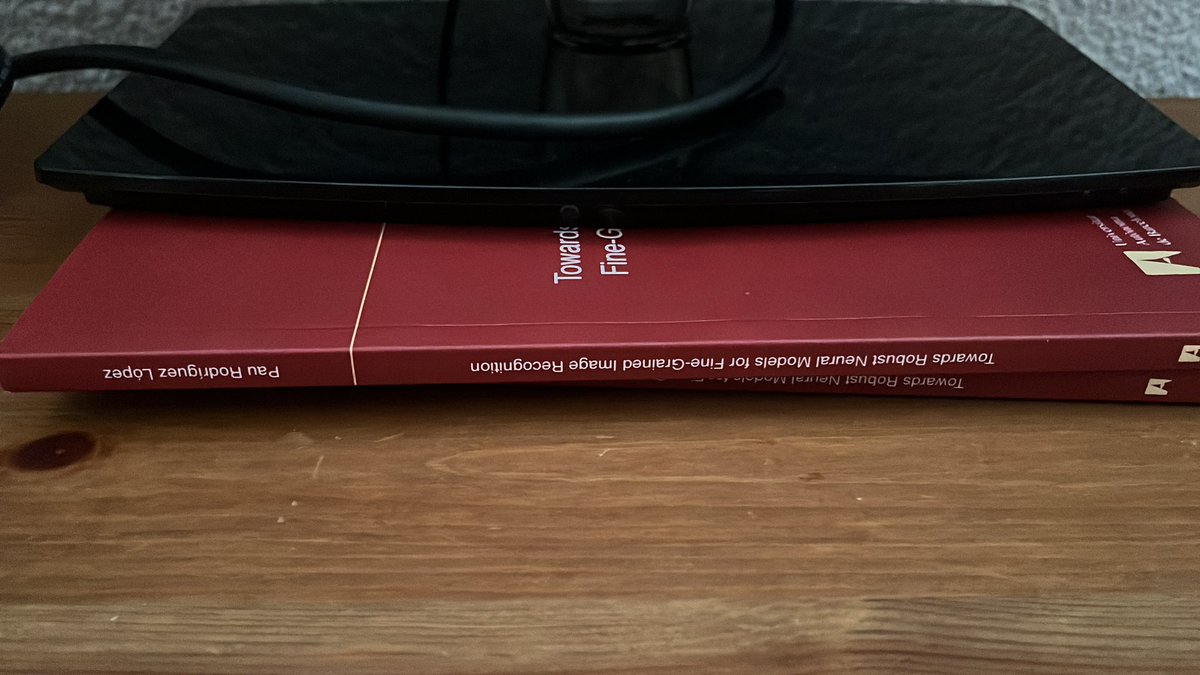
Pau Rodríguez
@prlz77
Research Scientist @Apple MLR on #machine_learning understanding and robustness. @ELLISforEurope member. Previously at ServiceNow and Element AI in Montréal.
ID: 618193431
http://prlz77.github.io 25-06-2012 13:55:29
627 Tweet
1,1K Followers
1,1K Following















This is awesome Juan A. Rodríguez 💫!

Is input selectivity the secret sauce of Mamba or there is more🤔? In our new ICML2025 paper, we show input selectivity provides an edge but conv and gating are key for associative recall! Check out Teresa Huang 's thread for more insights! Paper: arxiv.org/abs/2506.11891




![Eeshan Gunesh Dhekane (@eeshandhekane) on Twitter photo Parameterized Transforms 🚀
Here is a new tool that provides a modular and extendable implementation of torchvision-based image augmentations that provides access to their parameterization. [1/5] Parameterized Transforms 🚀
Here is a new tool that provides a modular and extendable implementation of torchvision-based image augmentations that provides access to their parameterization. [1/5]](https://pbs.twimg.com/media/GjsuvFnXUAAIOKv.jpg)
